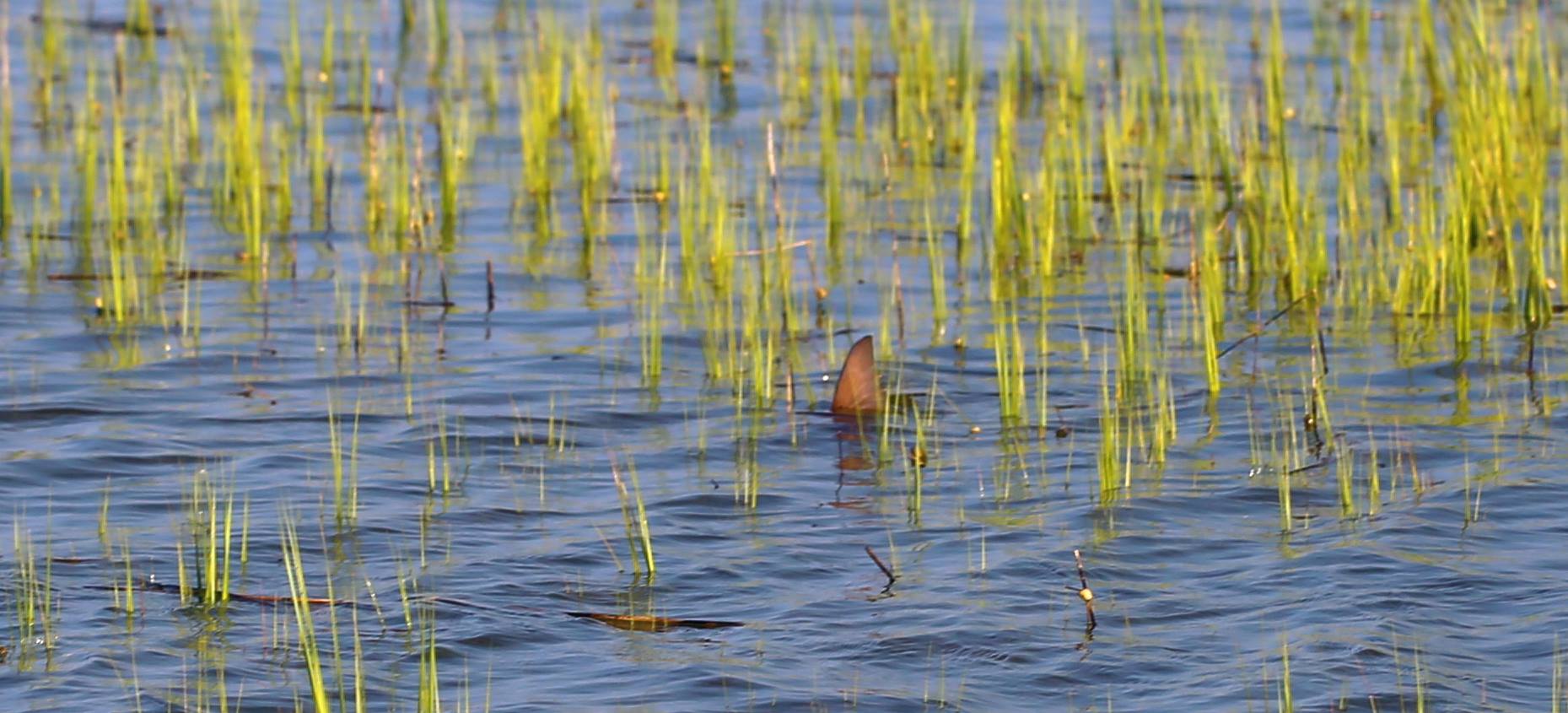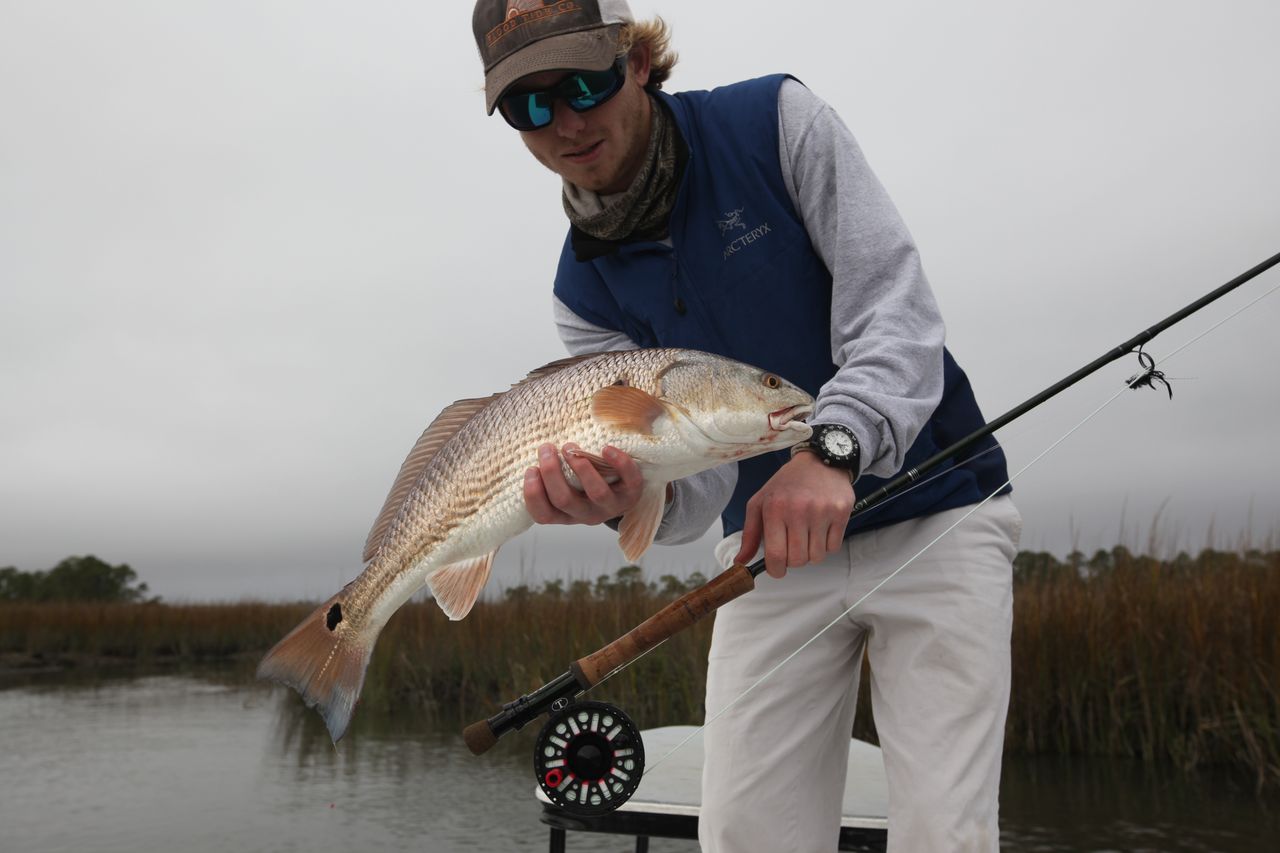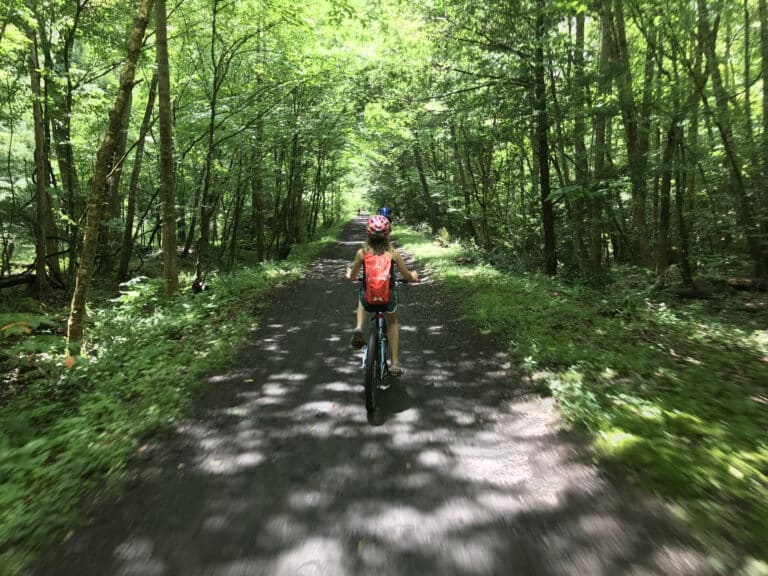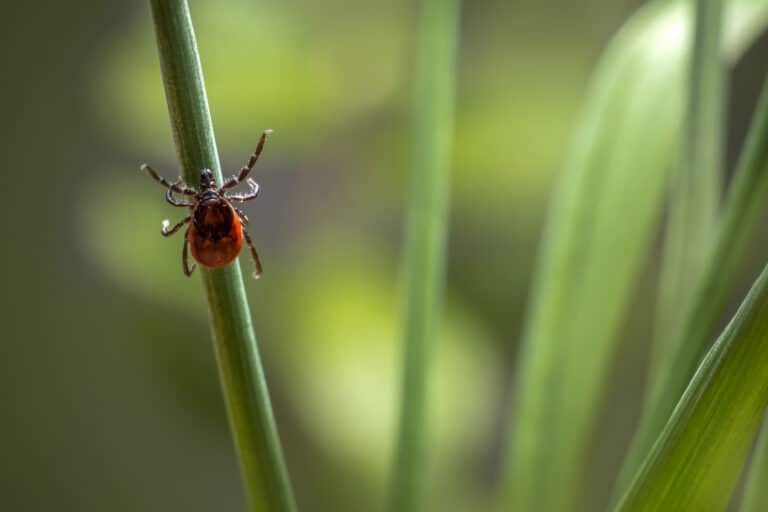When it comes to fly fishing the Lowcountry for Redfish there’s not really one particular “how to” that can get you on fish automatically.
From my experience, you have to come here and soak in everything that is fishing in this part of the world. You also need to accept the fact that the fishing gods may not present you with the best conditions. That’s why I finally moved here. There is a draw to this area like no other, and catching fish is the bonus.
I’m not saying it’s a love/hate situation, but more of a love/love/hate/love scenario. It’s not unlike any other saltwater destination. There are the tide swings—which are huge—the standard tropical weather, and a huge mass of water that hands you all different types of challenges—challenges that are there to make it that much sweeter when you do hold that meaty, scaly wad of ginger that we all love so much.
Now that I’ve given you the disclaimer that Redfish aren’t as easy to catch as many say they are, the best advice I can provide is to just go out and get your feet wet.
If I was going to pick a good time to come and check this whole thing out, it would be the 3 or 4 days before and after a new or full moon. The tides are going to be high enough to get water on the higher spartina grass flats which in turn bring the critters that we crave—Redfish, Sheepshead and other various targets.

This formula is even more important if you don’t have a boat. These flats are hard ground and allow you to wade over a large amount of area searching for the hoisted flag of the red as they are feeding.Actual tactical instructions are all over the board. I have had fish move 10 feet from a bad cast that should have never happened. I have casted right on the nose of a feeding fish that spooked like Halloween, but I’ve caught them with ease in that situation as well.
I have seen Reds come sip a fly off the grass after the angler just kept it there to see what would happen. I believe that this part of engaging a close Redfish can go anyway you could dream it up. There’s really no telling what will happen.
The most recent fish I caught on a tailing tide was a bit strange. The fish was tailing, but not very confidently. He would tail, disappear…tail, disappear. So, I casted it two feet to the right of where it was last seen.
I stripped in the crab pattern, very short and slow strips, in hopes of making some movement but also keeping the fly “in the zone” longer. After about 10 feet of dragging it through the mud bottom, I hit grass, which is never good.
I had to aggressively strip the fly out of the grass, I then slumped my shoulders in disbelief that we did not come out a winner in that situation. I went to strip in the slack to re-cast, and dammit if the fish wasn’t on the abandoned fly that I had left to die.
So, in this case I did everything right, but when I gave up, the fish gave in. I had the feeling that I didn’t deserve to catch this fish, but at the ned of the day, it was my fish and high fives and cold beers were in order.
[divider]About the Author[/divider]

Paul Puckett is a Charleston, SC-based artist and one of the co-founders of Flood Tide Co. When’s he’s not landing giant Redfish on the fly, he’s creating popular fly fishing themed art, playing the guitar, or developing the Flood Tide brand, which has made him an integral part of the Low Country outdoors scene. To keep up with Paul and Flood Tide follow him on Instagram.
Related Content:








